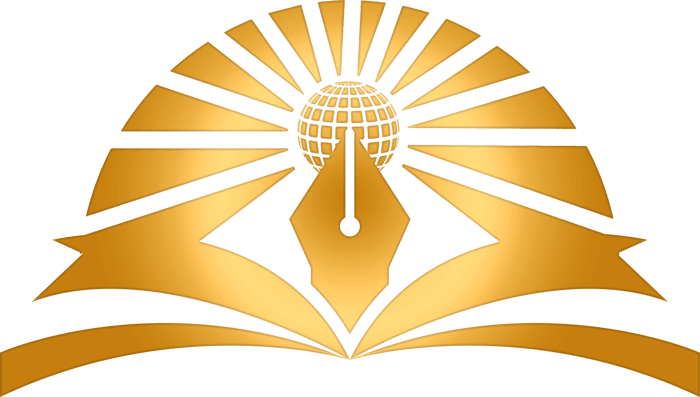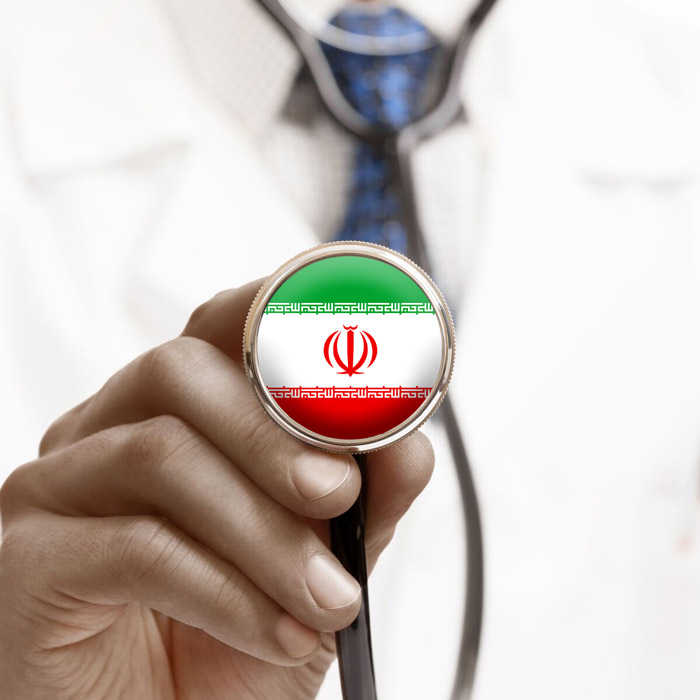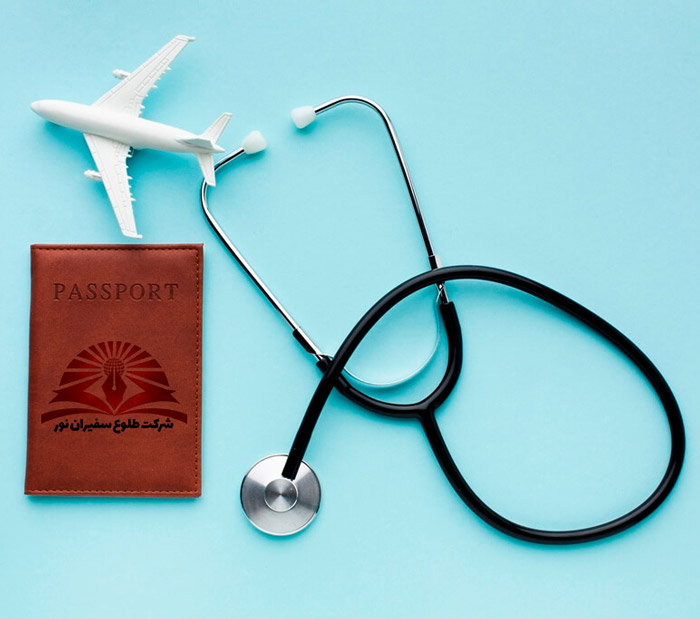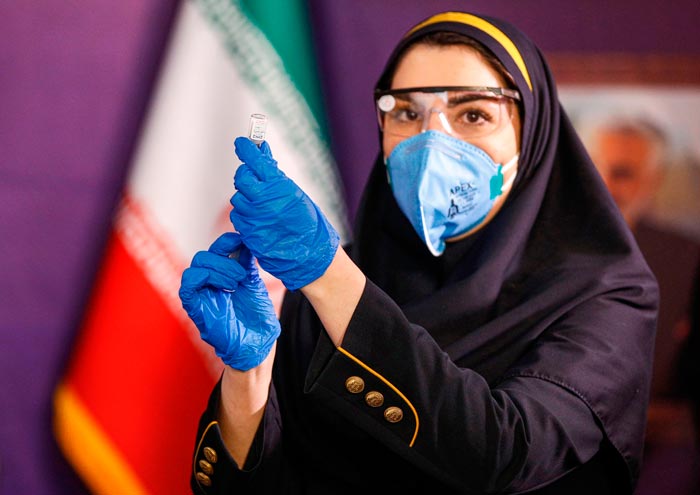![]()
The field of medicine has become the dream of most of the young people who are studying these days. The field of medicine is one of the most lucrative experimental fields that attracts a large number of volunteers every year. Stay with us in this article to fully introduce how to study medicine in Iran.
History of medicine in Iran
Medical education in Iran started in 1230 AD in Dar al-Funun Since 1307, medical education in Iran has found a unique order and method for itself. In 1313, with the establishment of Tehran University of Medical School, a new and unique method was made for medical education in Iran. Shiraz, Isfahan and Tabriz medical schools in 1325 and three years later; In 1328, Mashhad Medical School opened their doors National Medical Sciences Faculties (now Shahid Beheshti), Ahvaz, Aja, Shahshahi (now Iran), Kermanshah, Sari, Hamedan, Urmia, Kerman, Jahrom and Fasa were established before the Islamic Revolution.
After the victory of the Islamic Revolution of Iran and the change in the structure of the ministries, in 1365, the medical science training organization was separated from the Ministry of Science and Higher Education and continued to work together with the Ministry of Health under the title of the Ministry of Health, Treatment and Medical Education.
Introduction of medical majors in Iran
The entire period of study in the field of medicine is usually 14 or 15 academic terms, provided that there is no conditionality in each of the courses, but we should learn from the beginning that in the field of medicine, we should use the word courses instead of term . The duration of study in the field of medicine in general, including general medicine, takes about 8 to 9 years, and the medical specialty takes at least 4 years, depending on the desired specialty. For more information, we will first introduce the study stages of this field. The stages of study in this field include the following 4 courses:
- Science
- Physiopathology
- Clinical training ( Internship)
- Clinical training
First coures : Science
The first course that must be completed in the general medicine is the basic science course This course is usually offered to medical students in 2 years and 4 semesters. In this course, students get to know the basic topics of medicine. Usually, in this course, a set of theoratical courses are offered to new students. After completing 4 semesters, students take a comprehensive exam and enter the next course. The basic science course is one of the most important stages of the medical filde because students get to know the basics of the body and its condition. After passing this course and participating in the comprehensive exam, students enter the physiopathology course.
Second coures: Physiopathology
The second course of general medicine is physiopathology. This course is usually 1 year and has 6 to 7 semesters. Physiology and pharmacology courses are offered to students in this course. Exams of this course are usually done monthly. In this course, students get to know the anatomy and types of body diseases completely and accurately. After completing this course, students enter the third course and the hospital environment. The third coures is clinical training or internship.
Third coures : Clinical training ( Internship)
The third coures, which is called clinical internship, brings students into the hospital environment. This course is usually 2 years and is offered to medical students in 4-5 semesters. This course is divided into theoretical and practical parts. In this course, the student works as a watchman at certain hours of the night. The internship course helps students to learn their theoretical information in a practical way in the hospital environment. After completing this course, students participate in a pre-internship test. Passing this exam is the license to enter the clinical internship course.
Fourth course: Clinical training
The last course of general medicine is clinical training This coures is usually two years and is spent entirely in the hospital. Students’ activities in this course take place under the supervision of professors. Clinical training is the most difficult medical course because students deal directly with patients. If the students pass this course successfully and pass the exam, they will be officially introduced as a doctor.
How many years does the medical filed last?
One of the things that causes a lot of trouble in the field of medicine is the long period it takes to graduate from this field. The period of the general medical course is much longer compared to other majors. This means that candidates should keep in mind that they have to complete an 8-year course to graduate in general medicine. Candidates can participate in the residency exam after completing this 8-year period. For many candidates, the question may arise, what is the duration of the specialized medical course? Students who are looking for a degree in their specialty must continue their education for at least another 4 years. With a simple calculation, it can be said that candidates must spend 12 years to obtain their specialized degree.
The best medical majors in Iran
There are many majors among medical fields that are very popular. Candidates prefer to go to these majors and spend their time studying the courses of these majors . In the following section, we introduce you the best medical majors from the point of view of medical candidates and students.
- Pharmacy
- Nursing
- Midwifery
- Dentistry
- Veterinary
- Anesthesia
- Physiotherapy
Introducing the majors of medical filed in Iran
The field of medicine includes countless specialized majors, and if we want to describe the most famous majors of medicine in one sentence, they are as follows:
- Internal Medicine : in this major , the doctor has the skills of diagnosis, treatment and medicine. The responsibility of the Internist is to diagnose and solve the clinical problems of the patients. Although sometimes internists entrust surgical treatments to their surgeon colleagues
-
General Surgery: In the past, general surgeons performed orthopedics, urology, etc. They used to do it, but with the appearance of specialized majors , their operation has been limited to gastrointestinal and thyroid surgeries, and the surgery of other parts has been entrusted to superspecialized majors .
- Anesthesia : These specialists prescribe the necessary drugs for anesthesia during surgery, childbirth and similar procedures and check the patient’s vital signs during anesthesia. Also, they manage hospital medical emergencies such as cardiac arrest or sudden respiratory problems.
- Neurosurgery : brain and spinal cord surgeries, treatment of concussions and brain and spinal cord tumors are related to this group of surgeons.
- Obstetrics and Gynecology Surgeon: The diagnosis, treatment and surgeries of women during fertility and performing cesarean section and natural childbirth as well as infertility are related to this group of doctors.
- Nutrition : These people are specialized in nutrition and regulating the human diet and recommend the necessary food based on the patient’s condition (such as eating disorders) and their individual needs Students interested in studying this major must complete medical degrees and obtain the necessary licenses to diagnose and treat eating disorders.
- Ear, Nose and Throat surgery (Ear Nasal ENT): The diagnosis, treatment and surgeries of ear, jaw, face, nose and tonsils are the responsibility of these surgeons.
- Pediatricians: They specialize in caring for younger people, from newborns to 18-year-olds and in some cases up to 21-years-old. These specialists provide basic care such as immunizations, child evaluations, student checkups, and cold and flu treatment and vaccinations. More serious and complex diseases should be referred to a pediatric specialist to receive specialized treatment. Some pediatricians specialize related to preadolescence, child abuse, and child development issues such as autism, behavioral disorders, and Down syndrome.
- Radiology : With the spread of technology in medicine and the use of multiple devices, this field diagnoses diseases with the help of radiology, ultrasound, MRI, CT scan, etc.
- Psychiatry : diagnosis and treatment of psychoses and neuroses, psychoses, mood disorders, obsessions and sleep disorders, etc. is one of the duties of this group of doctors.
- Pathology : Histological diagnosis of diseases is the responsibility of this group of doctors. If a tumor is removed from the patient’s body during surgery, pathologists will tell you whether the removed tumor is cancerous or not! Or what stage of invasion and progress the cancer is in.
- Ophthalmology: These doctors diagnose and treat all kinds of eye diseases and problems.
- Medical genetics: diagnoses and treats hereditary disorders that are passed from parents to children. It can also provide genetic counseling and screening tests. These specialists use a combination of molecular genetics, cytogenetics and biochemical tests to diagnose and treat the disease.
- Microbiologist: These people examine the growth of microorganisms such as bacteria, viruses, fungi and their relationship with the human body and determine the treatment of the disease by finding the causative agent. Microbiologists typically work on research projects in the laboratory to improve scientific knowledge or the output of the medical industry.
- Optometric: BOphthalmologist is a specialist who conducts preliminary examinations in the field of vision. They can evaluate the patient’s vision and prescribe aids for correct vision or other types of non-pharmacological treatment (eye exercises, health advice, etc.) and, if necessary, refer the patient to ophthalmologists.
- Parasitology: These people deal with parasites (microorganisms such as bacteria, viruses, worms, and insects) that live temporarily or permanently in or on the human body. These professionals use methods learned from cell biology, bioinformatics, biochemistry, molecular biology, immunology, genetics, evolution, and even ecology. Also, this field exists in veterinary science to diagnose animal parasites.
Medical universities in Iran
The content team of Tolo Safiran Noor continues to introduce the field of medicine in Iran’s universities in the field of medical sciences. In the following section, you can learn more about the prestigious medical universities and the tuition fees for medical fildes in each of the universities.
- Urmia University of Medical Sciences
- Isfahan University of Medical Sciences
- Iran University of Medical Sciences
- Tehran University of Medical Sciences
- Tabriz University of Medical Sciences
- Shahid Beheshti University of Medical Sciences
- Shiraz University of Medical Sciences
- Kurdistan University of Medical Sciences
- Mazandaran University of Medical Sciences
- Kerman University of Medical Sciences
- Jundishapur University of Medical Sciences, Ahvaz
- Kashan University of Medical Sciences
- Mashhad University of Medical Sciences
Frequently asked questions about studying medicine in Iran
-
How many educational courses does the medical field include?
The general medical education system includes four courses in Basic Sciences, Physiology, and two Clinical Training .
-
How many years does the field of general and specialized medicine last?
The field of general medicine takes about 8 to 9 years, and medical specialization takes at least 4 years, depending on the desired specialization.
-
Are medical fields and paramedical fields the same?
No, medical and paramedical fields are completely different from each other and have different majors .
-
What is the official website address of the Iranian Ministry of Health?










